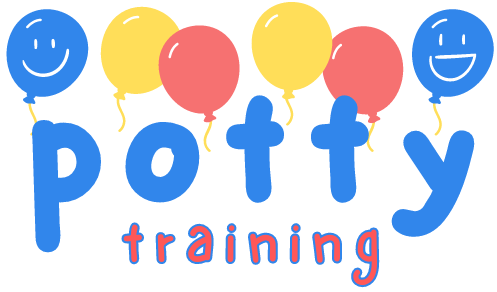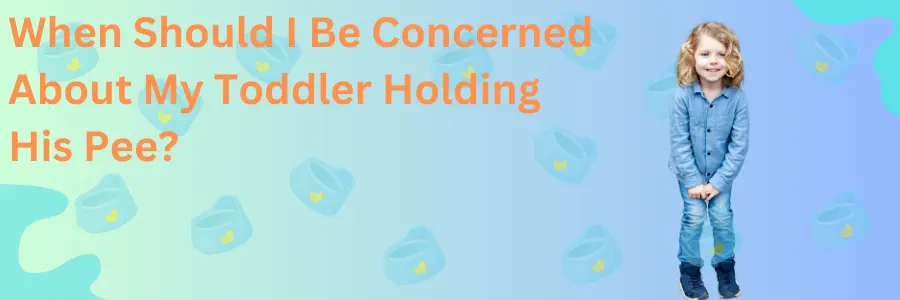Potty training is a big achievement in a child’s development, but it can also be a tough path for both parents and toddlers. One common hurdle that many families face during this process, is when a toddler holding his pee, which will lead to frustration and worry for parents. In this article, we’ll look into the reasons behind urine withholding, its potential consequences, and effective strategies to help your toddler overcome this obstacle.
Table of Contents

Understanding Why Toddlers Hold Their Pee
Urine withholding or you can say bladder holding or pee holding, happens when toddlers resist urinating despite feeling the urge to pee. This type of behavior can stem from various reasons, including stubbornness, fear, discomfort, or simply not understanding the potty training process. When a toddler holding his pee, it can lead to significant issues if not addressed immediately.
Why It’s Important to Help Your Toddler
Urine withholding can result in several problems, including urinary tract infections (UTIs), weakened bladder muscles, and difficulty relaxing to release urine. UTIs are a common concern, as holding urine for extended periods can create a breeding ground for bacteria, leading to infections that require medical intervention. Additionally, prolonged urine withholding can weaken the bladder muscles over time, making it harder for toddlers to control their bladder function effectively.
Tips to Help Your Toddler Go Potty
Bubble Fun

Blowing bubbles while on the potty can be a fun distraction for toddlers. It helps them relax and use the right muscles to pee. You can even turn it into a game by having a bubble-blowing contest!
Warm Water Magic
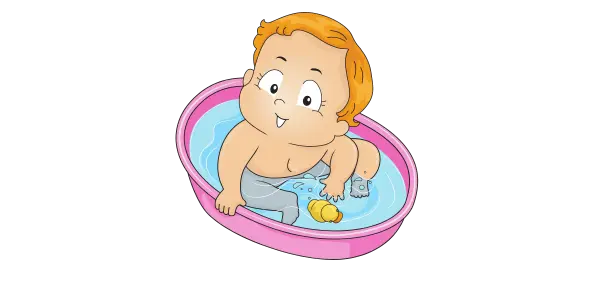
Putting warm water on your toddler’s feet or pouring it over their privates can make them feel like they need to pee. It’s like magic! Adding some floating toys or playing calming music can make it even more effective.
Distractions
Reading a book, playing with bath toys, or singing songs can help your toddler relax on the potty. By keeping them busy, they’ll be less anxious about going pee.
Colorful Toilet Water

Adding a few drops of food coloring to the toilet water can make it more exciting for your toddler. Tell them their pee will change the water color. For example, you can ask your toddler to choose their favorite color of food coloring and encourage them to aim for that color in the toilet bowl – it’s like a fun science experiment!
Potty Training Buddies
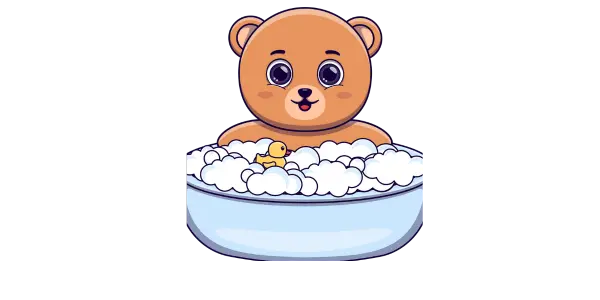
Let your toddler practice with a special doll or stuffed animal. They can teach their buddy how to use the potty, which makes it less scary for them. This role-playing activity can provide toddlers with a sense of control and mastery over the potty training process, motivating them to imitate the same behaviors themselves.
Praise and Rewards
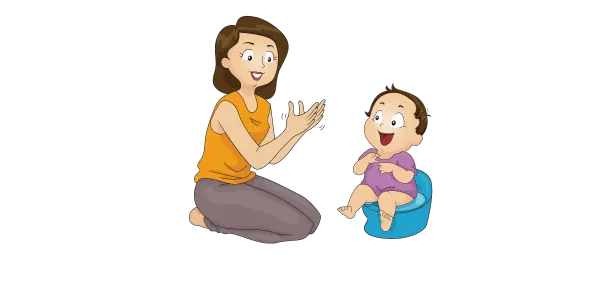
Whenever your child tries to use the potty or actually goes, give them lots of praise and maybe a small reward. It makes them feel good and encourages them to keep trying.
Toe Tickle Technique
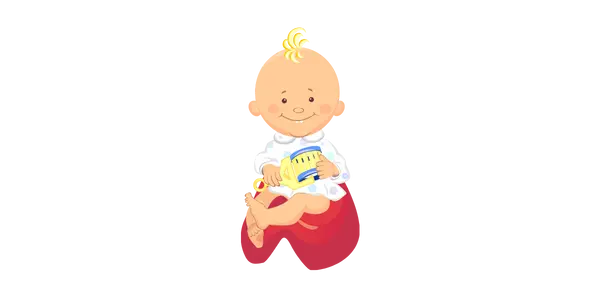
Encourage your child to lean forward and tickle their toes while sitting on the potty. This position helps them fully empty their bladder.
Avoiding Rushing
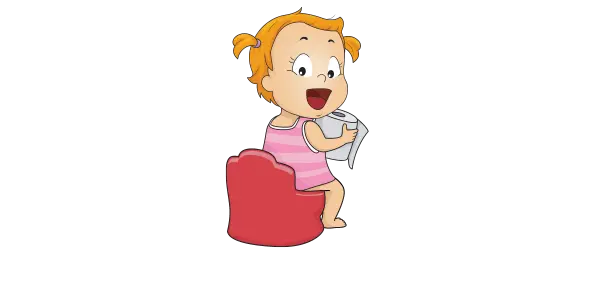
Take your time during bathroom visits. Rushing can make your child feel pressured, leading to anxiety and resistance. Allow them to sit on the potty for as long as they need without rushing them.
Pelvic Floor Exercises
For children struggling to fully empty their bladder, pelvic floor exercises can be beneficial. These exercises strengthen the muscles necessary for proper urination. Consulting a pediatric pelvic floor specialist can provide tailored guidance.
Medical Evaluation
If your child continues to struggle despite your efforts, consult their pediatrician to rule out any underlying medical conditions. Extended periods of urine withholding could lead to urinary tract infections, so it’s essential to address any concerns promptly.
Exercising Patience
Patience is key during the potty training process. Understand that it’s a new experience for your child, and they may take time to grasp it fully. Avoid setting unrealistic expectations and be patient as they learn at their own pace.
Encouraging Hydration
Contrary to what you might think, keeping your child well-hydrated is crucial during potty training. While it might seem counterintuitive to give them plenty of fluids, it actually helps them feel the urge to pee more frequently. This, in turn, provides more opportunities for practice and learning.

Understanding Your Toddler’s Bladder
Getting a handle on your toddler’s bladder capacity and how often they need to pee is super important for successful potty training. Let’s look into it a bit deeper with some useful info.
How Often They Go
For the little ones, usually between 1 to 2 years old, they might need to take a potty break every hour or two. As they get older, like around 2 to 3 years old, they can usually hold it for longer stretches between bathroom trips. Older toddlers might be good with bathroom breaks every two to three hours.
Avoiding Bladder Mishaps
It’s key to remind your little one to hit the potty regularly to avoid any bladder overflows. Try aiming for potty breaks every hour or two for the younger crowd and every few hours for the older ones. Keeping tabs on how much they drink and making sure they stay hydrated can keep their bladders in tip-top shape. And watch out for any signs that they might need to go urgently, like squirming or grabbing at their private parts.
Cutting Down on Accidents
Sticking to a routine and making sure they take potty breaks often can help cut down on accidents. Remind them to use the potty, especially after they wake up, before and after meals, and before bedtime. Using a timer or setting reminders can help keep them on track throughout the day.
Where to Get More Help
If you’re still having trouble with potty training, don’t worry! There are lots of resources like books and online courses. You’re not alone, and with a little help, you and your toddler will get through this together.
At Last
Helping your toddler learn to pee in the potty is a big step, but it doesn’t have to be scary. By understanding why they might be holding their pee and using some fun tricks and tips, you can make potty training a positive experience for both of you. Keep encouraging your little one, and soon they’ll be a potty pro!
